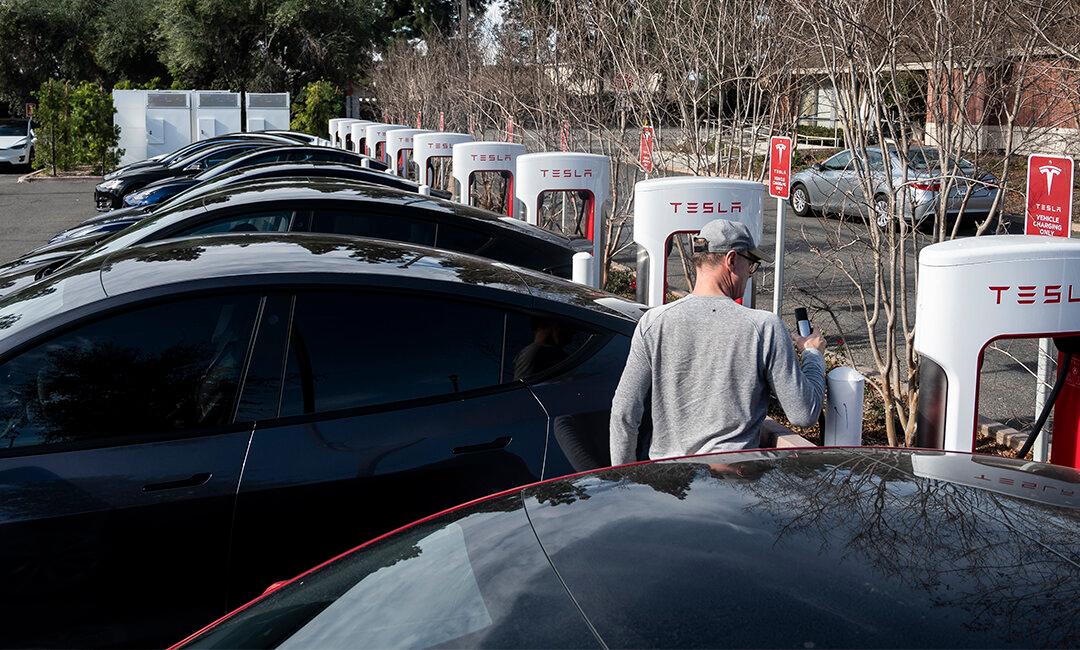Commentary
It’s winter, with high temperatures well below freezing in Jackson, Wyoming, and barely above freezing in Wyoming’s capital, Cheyenne.

It’s winter, with high temperatures well below freezing in Jackson, Wyoming, and barely above freezing in Wyoming’s capital, Cheyenne.